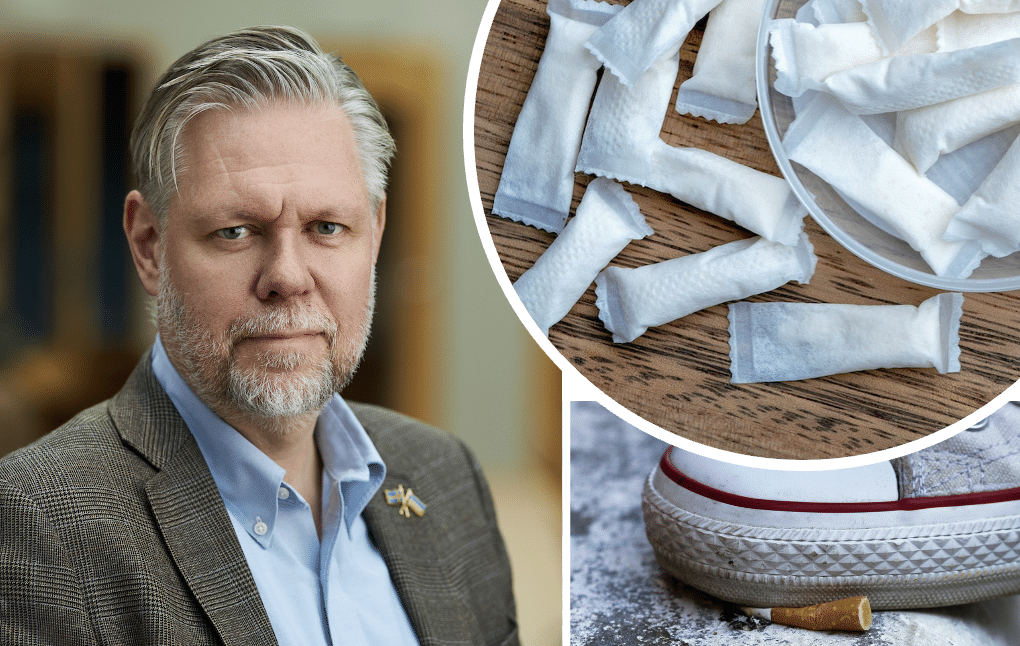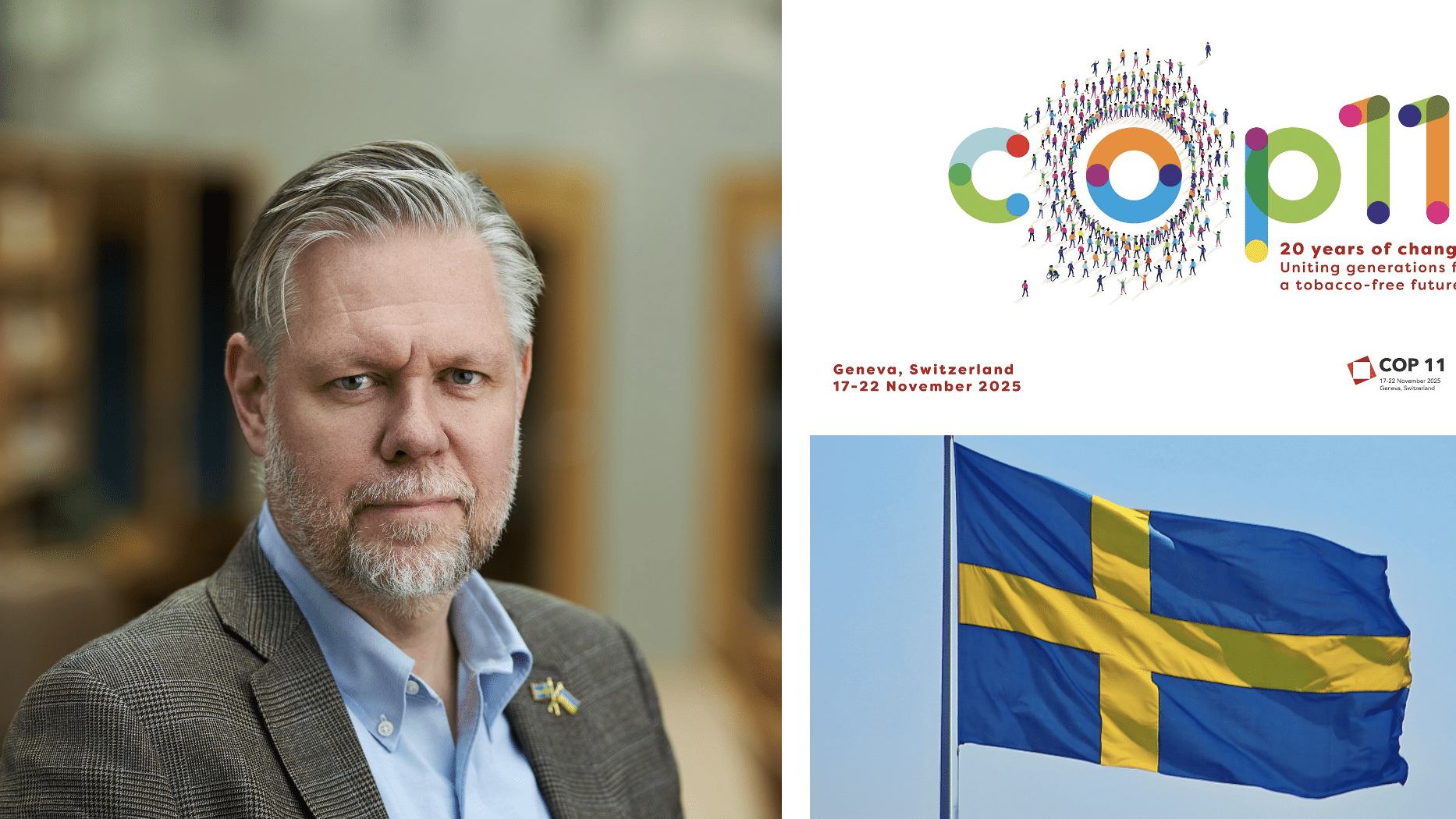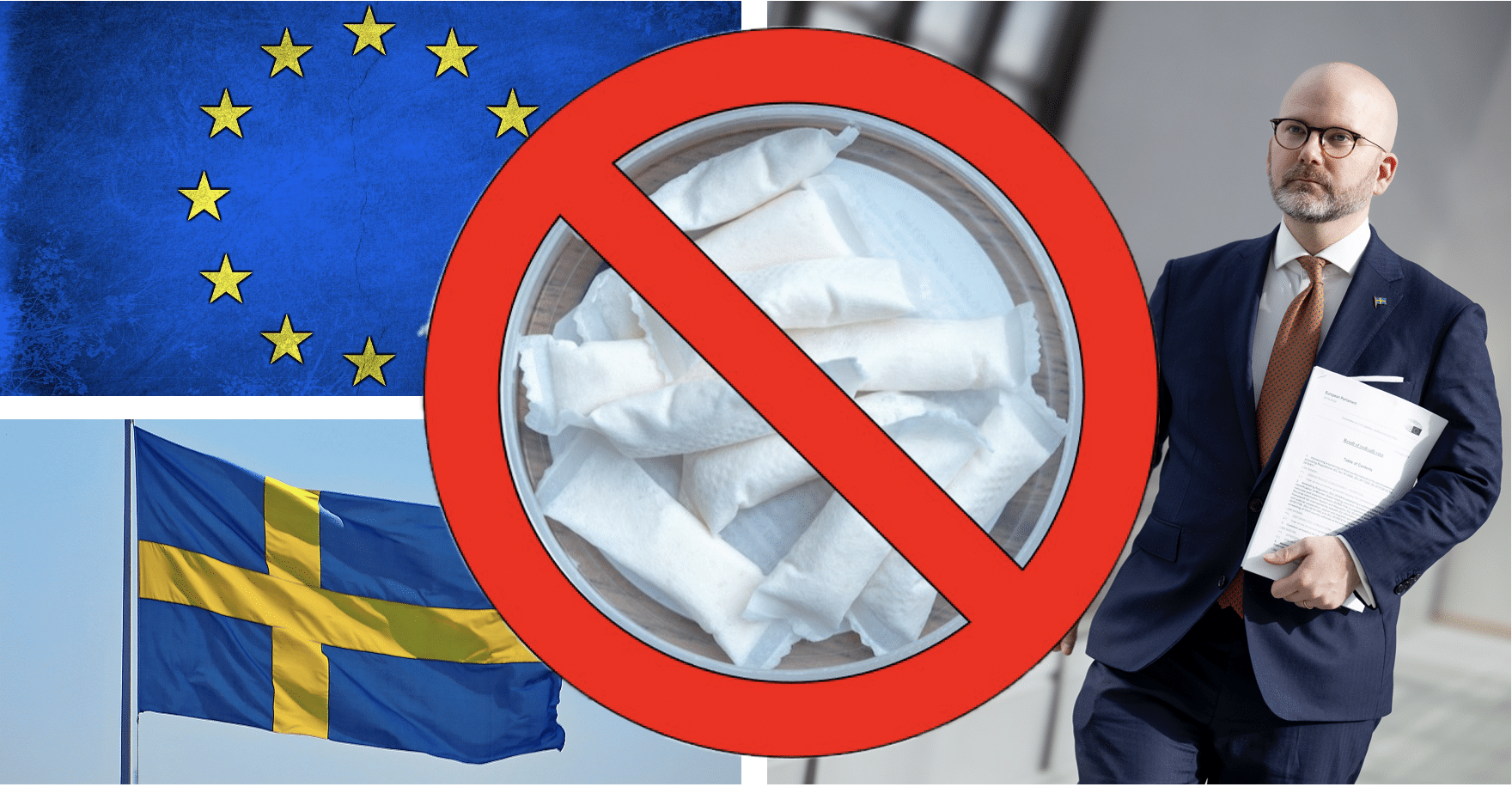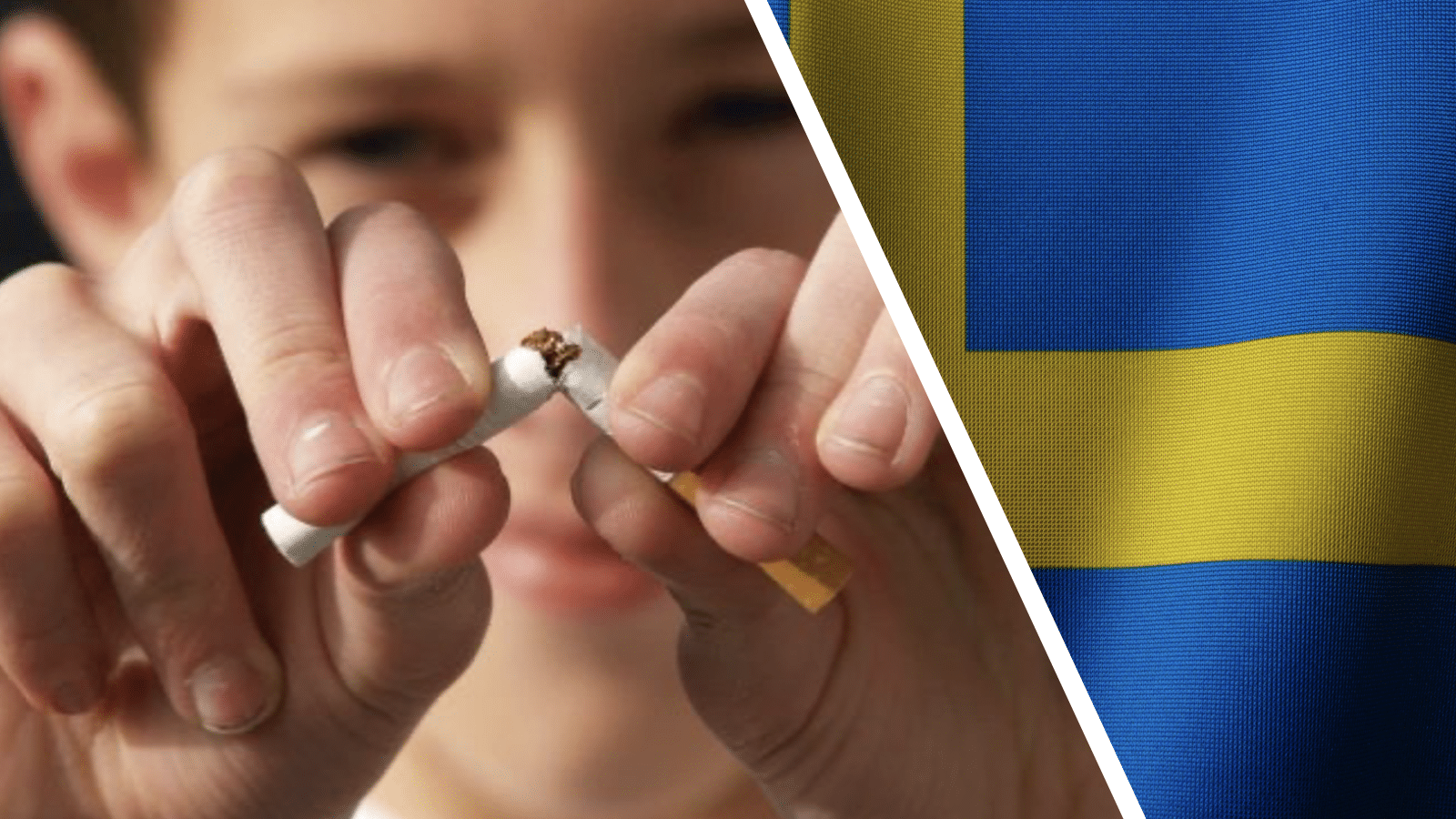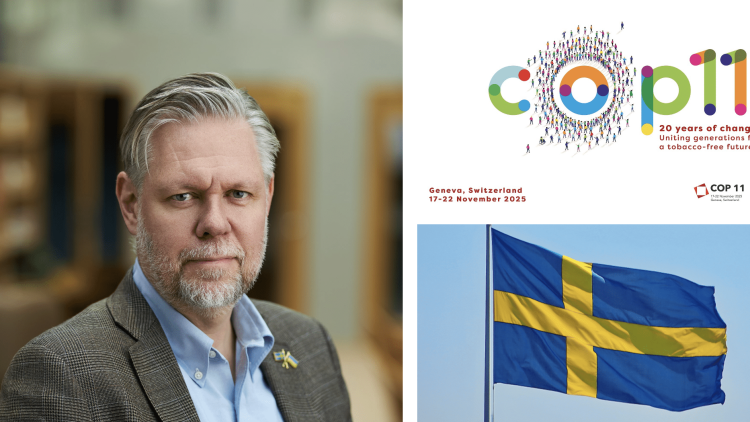
COP11 preview: ‘Why won’t the WHO simply look at what works?’
As delegates head to Geneva for the WHO’s COP11, the world faces a crossroads in tobacco policy. With over a billion smokers still lighting up, some argue it’s time to shift focus from ideology to impact. “If you want fewer smokers, look at Sweden,” says Patrik Strömer. “We’ve done it – not with bans, but with alternatives that actually work.”
With the lowest smoking rates in Europe and correspondingly low levels of tobacco-related disease, the Swedish experience is a living case study in effective harm reduction. But will anyone at COP11 be willing to learn from it?
Patrik Strömer, Secretary General of the Association of Swedish Snus Manufacturers, is both hopeful and sceptical.
“I always hope more people will understand the vast difference between smoking and using smoke-free nicotine products,” he tells Snusforumet.
“But I also know there are many who simply don’t want that to be true.”
Sweden’s success – and WHO’s blind spot
Despite having the cheapest cigarettes in Scandinavia and a Tobacco Control Scale (TCS) rating that places it 21st in the EU, Sweden boasts the lowest smoking rates on the continent. Strömer points out that this directly challenges WHO’s standard recommendations, which include increasing excise taxes on cigarettes.
“That recommendation simply isn’t true,” he says.
“Sweden proves that there are factors stronger than traditional methods like tax hikes.”
At the core of this contradiction lies a broader issue: the WHO’s reluctance to engage with real-world data.
“It would be hugely beneficial if the WHO chose to study Sweden and make recommendations based on reality rather than ideology,” says Strömer.
“As long as the ‘quit or die’ mindset persists, smoking will continue to be a societal problem.”
FCTC – a treaty past its prime?
This year’s COP comes at a symbolic moment – 20 years since the adoption of the FCTC. But instead of celebrating progress, Strömer believes the framework now risks doing more harm than good, arguing the FCTC has “outlived its usefulness”.
“Its refusal to acknowledge that people will choose safer alternatives if available is the biggest threat to public health,” he explains.
“If they truly want fewer smokers, just do what Sweden has done. If they want to flood the zone with propaganda and remain dug in against the ‘industry’ at all costs without looking at the evidence, then they should continue as before.”
READ MORE: Good COP vs bad COP: 7 ways the FCTC falls short
Across the EU, over 85 million adults still smoke. For them, the stakes of COP11 are real and urgent.
“Will they get access to accurate information?” Strömer asks.
“Will they be allowed to choose safer products than cigarettes? There’s a lot at risk here.”
The harm reduction disconnect
Strömer is sharply critical of how harm reduction is often dismissed by FCTC delegates and anti-tobacco activists as merely an “industry narrative.” He calls this line of thinking not only unscientific but dangerous.
“It’s propaganda,” he says bluntly.
“It’s like calling gravity an industry narrative or that the second law of thermodynamics is a conspiracy for energy companies. If your theory can’t explain what’s happening in reality, you need a new theory.”
Most Swedes, he adds, understand that snus has played a central role in reducing smoking, while many researchers, politicians, and activists refuse to acknowledge the evidence.
“Instead, they invent new ideas that don’t match reality. It’s dishonest – and harmful,” he says.
He believes it’s possible to criticise smoking and its harmful effects while also concluding that harm reduction works.
“But that requires being open to reconsidering your worldview when confronted with facts,” Strömer adds.
Hope for COP11 in Geneva?
When asked what he would say to COP11 delegates, Strömer doesn’t hesitate: “Please, look at what works. Let go of activism against the industry and study reality.”
He points out that WHO embraces harm reduction for drug policy, but curiously not for nicotine or alcohol.
“In medicine, it’s understood that every treatment has risks. The key is weighing those risks against the benefits,” he explains.
“Nowhere is this more obvious than with tobacco: the benefits of quitting smoking are enormous, and the downsides of switching to smoke-free products are comparatively small.”
Yet he worries that ideological rigidity at WHO will once again block progress, and that the EU will follow suit.
“If WHO sticks to an outdated line, and the European Commission then uses that as the basis for future regulation, the Swedish success story could be undone,” Strömer warns.
Beyond tobacco: Europe’s credibility at stake
The implications extend beyond public health.
“Europe is the continent with the highest share of smokers,” says Strömer.
“That shows policy has failed—except in Sweden, where daily smoking is down to around five percent. If Europe wants to stay relevant, it needs to be willing to revise its approach.”
Strömer concludes with a challenge to the policymakers in Geneva: “Do you really want to see fewer smokers? Then study what works. And be willing to change your worldview when it clashes with the facts.”

